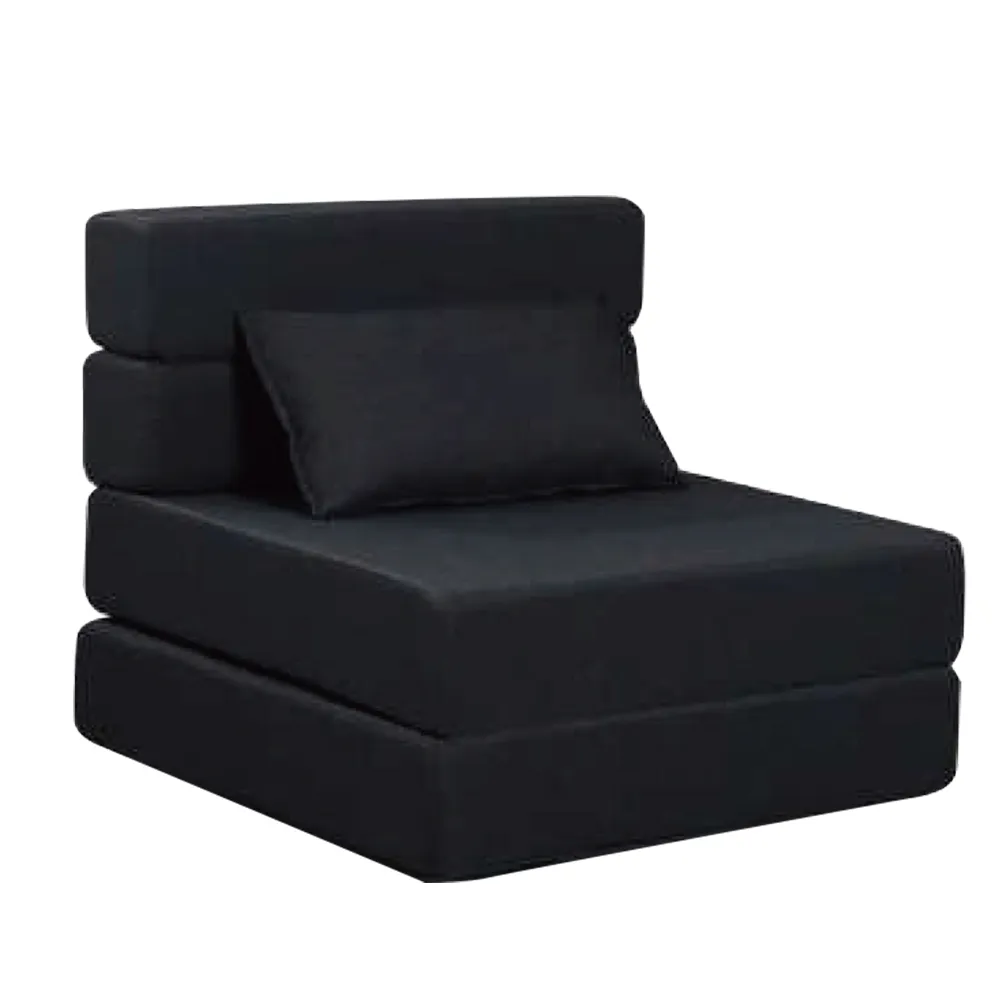meeting room chair dimensions laining
Understanding Meeting Room Chair Dimensions A Guide for Optimal Comfort and Functionality
The design and functionality of meeting rooms are critical for fostering collaboration, creativity, and decision-making in professional settings. One of the often-overlooked elements that can significantly impact the effectiveness of a meeting room is the choice of chairs. Selecting the right chair dimensions is essential to ensure that participants are comfortable, engaged, and able to focus on the tasks at hand. In this article, we’ll explore the importance of meeting room chair dimensions, key factors to consider, and how to choose the best seating arrangements for your space.
Importance of Chair Dimensions
Meeting room chair dimensions are not merely aesthetic; they serve a practical purpose in enhancing the overall experience of meetings. The right chair dimensions contribute to better posture, reducing the risk of fatigue and discomfort during prolonged sessions. Chairs that are too large or too small can lead to physical strain and distract participants from the meeting agenda.
Moreover, the layout of the meeting room is significantly influenced by chair dimensions. A well-planned seating arrangement facilitates better interaction among participants, ensuring that everyone can see and hear each other. This is particularly important in collaborative environments where open dialogue is crucial.
Key Factors to Consider
1. Seat Height One of the primary dimensions to consider is the seat height. Typical office chairs have a seat height ranging from 16 to 21 inches from the ground. The ideal seat height allows participants to rest their feet flat on the floor while keeping their knees at a right angle. This promotes better posture, reduces strain on the legs, and enhances overall comfort.
2. Seat Depth and Width Seat depth generally ranges from 15 to 20 inches, while width can vary from 18 to 22 inches. A chair with suitable depth provides adequate support for the back of the thighs while allowing for some movement. Seat width should accommodate participants comfortably without feeling cramped. It is advisable to assess the average size of potential users when selecting these dimensions.
3. Backrest Height and Support Meeting room chairs should ideally have adjustable backrests that provide lumbar support. The backrest height is typically between 12 and 20 inches. A chair with proper back support helps maintain the natural curve of the spine, which is vital for long meetings.
meeting room chair dimensions laining

4. Armrest Height If the chairs include armrests, their height should complement the seat height. Armrests should be adjustable to accommodate different users, allowing them to relax their arms while maintaining a comfortable posture.
5. Mobility and Flexibility Meeting rooms often require flexibility in seating arrangements to accommodate various group sizes and types of discussions. Opt for chairs that are lightweight and have wheels, allowing for easy reconfiguration of the space.
Choosing the Right Chairs for Your Meeting Room
When selecting chairs for a meeting room, consider the overall design and purpose of the space. Here are some tips
- Assess the Functionality Determine the primary purpose of the meeting room. Is it for brainstorming sessions, formal presentations, or casual discussions? This will guide your choice of chair style and dimensions. - Consider the Room Size Measure the space to ensure that the chosen chairs fit comfortably. It’s essential to leave enough space for movement and accessibility.
- Prioritize Comfort and Style While functionality is vital, don’t overlook aesthetics. Chairs that reflect the company’s culture can enhance the environment and create a professional atmosphere.
- Test Before You Buy Whenever possible, test chairs before making a purchase. Comfort is subjective, so it’s essential to gather feedback from regular users.
Conclusion
Choosing the right chair dimensions for your meeting room is crucial for ensuring comfort, promoting engagement, and facilitating productive discussions. By considering factors such as seat height, depth, backrest support, and mobility, you can create an inviting and functional meeting environment. Investing time and resources in selecting appropriate seating will ultimately lead to more successful meetings and a collaborative workplace culture.
share:
-
Multi Colored Modular SofasNewsJul.07,2025
-
Enhance Seating Experience with Chair AccessoriesNewsJul.07,2025
-
Enhance Four Legged Chairs with WheelsNewsJul.07,2025
-
Elevate Your Workspace with Luxurious Boss ChairsNewsJul.07,2025
-
Discover Comfort of Compression SofaNewsJul.07,2025
-
Training Chairs Aim To Provide A Fully Functional And Flexible Workspace For Various Training, Educational, Or Collaborative ActivitiesNewsJun.06,2025
-
The Big Boss Office Chair Aims To Provide Comfort And Support For Individuals In Management Or Leadership PositionsNewsJun.06,2025









